Elk hunting is an exciting and demanding pursuit that demands planning and getting it in the right place. Your experience will hinge a lot on factors like elk numbers, tag availability, access to hunts, and cost. In this blog, we’ll take a look at the best states for elk hunting, from Arizona’s top guided hunting opportunities down to Colorado’s mammoth elk population.
We’ll also talk about stuff like regulations, weather, and preparation to help you get the most out of your hunt.
Factors to Consider When Choosing a State for Elk Hunting
Planning a hunt needs full preparation. When choosing a state for elk hunting, there are many factors you may need to consider:
- Elk Population: An elk population in a larger state has a greater probability of a successful hunt. Colorado, Montana, and Wyoming have some pretty significant elk herds.
- Tag Availability: Research how easy hunting tags are to buy. However, some states allow over-the-counter tags for residents or nonresidents while others do lottery or preference points to decrease your chances.
- Hunting Seasons and Regulations: Make sure to know all the state’s seasons, regulations, and rules for hunting. There are different hunting dates, restrictions with weapons, or licensing requirements from state to state.
- Distances: Think of how far you’re willing to go. Some states may have remote or mountainous terrain making it harder to reach the hunting grounds. Convenience and cost can be dependent upon proximity to the hunting area.
- Access to Hunting Areas: Some states allow public land access, and some may only have private land. Make sure there are plenty of places to hunt through public lands or lease opportunities.
- Cost: The amount of hunting in one state or another can be extremely expensive. That includes the cost of tags, travel expenses, lodging, and (in some cases) guided hunts. Many states have OTC tags, like Colorado, but they are expensive while others may be more affordable.
- Trophy Potential: Born and raised hunters want big bulls, so states like Montana, Wyoming, and Idaho should be the first choice as these states produce trophy-quality elks. These are the state’s reputation for large bulls generation which could be an attraction to the hunters.
- Terrain and Environment: Elk hunting is usually conducted in steep and mountainous country so you should factor in your fitness level and the steep terrains that you are willing to hunt in.
- Hunter Pressure: High hunter density in some areas poses the problem of competition for the elk meaning you will have a low success rate. Some of the states with huge elk herds but fewer hunters are likely to be more productive hunting grounds especially the western states such as Montana and Wyoming.
- Local Services and Amenities: It will make your hunting trip enjoyable and successful if you have local hunting guides, hunting equipment, shops, and amenities near the hunting spot. For instance, Colorado has had hunting tourism for a long time; therefore, hunters can access various services.
9 Best States For Elk Hunting
When it comes to elk hunting, several states stand out for their unique opportunities, elk populations, and hunting experiences. Here’s a breakdown of the best states for elk hunting:
1. Colorado – Best State with Largest Elk Population
- Elk Population: There are over 280,000 elk in Colorado, making for the largest elk population in the United States. Elk hunters regard it as the prime destination.
- Success Rate: Normally Colorado archery and rifle hunters have a success rate of about 15-20%, depending on hunting area and kind of tag.
- How to Hunt: Most units in Colorado provide OTC tags for residents and non-residents so that hunters planning an elk hunt don’t need a lottery or preference points. The downside, however: they need drawing tags, which will compete in limited units.
- Why Popular: Due to the large elk population and its scenic and diverse terrain (from high mountains to forests) Colorado is an iconic elk-hunting state. Hunters of beginner or trophy bulls crowd the area.
- Read More: Colorado Elk Season Dates&Rules
2. Wyoming – Best State for Resident Elk Hunting
- Elk Population: Elk populations are around 120,000 in Wyoming and good opportunities exist in the Bridger-Teton and Shoshone National Forests.
- Success Rate: However, in Wyoming the success rate can vary depending on the unit and other states, but on average, Wyoming’s success rate for residents is higher than that of other states.
- How to Hunt: Both OTC and limited-entry tags are available in Wyoming. The odds of getting a tag are lower for state residents, and the state’s system gives them that preference. Limited-entry hunts are also generally required of nonresidents; in fact, nonresidents may sometimes need to accumulate preference points to increase their chances.
- Why Popular: Residents in Wyoming are perfect because of its low hunting pressure, plentiful public land, and less crowded hunting areas. But they provide great opportunities for hunters seeking to bag trophy bulls in the Bighorn Mountains or Jackson Hole.
3. Montana – Best State for Non-Resident Elk Hunting
- Elk Population: Elsus live in dense populations in areas such as around the Rocky Mountain Front, Bitterroot Valley, and Absaroka Mountains in Montana; about 150,000 live in Montana.
- Success Rate: Elk hunting success rate in Montana is roughly 20 to 30 percent and varies by area and tag type. Less hunting pressure can make for higher success rates in remote regions.
- How to Hunt: Of limited entry tags, Montana uses a lottery system and non-residents must apply for a tag. General season tags may also be available to nonresidents, with less of a success rate. Montana has a preference point system; therefore hunters should plan to apply for tags well in advance.
- Why Popular: Vast public lands, including national forests and wilderness areas, make Montana a great place to enjoy hunting for non-residents. It is well known for its trophy class bulls and is a hunter’s favorite for real elk hunting experience.
4. Idaho – Best State for DIY Elk Hunting
- Elk Population: Idaho offers excellent elk hunting, based on populations estimated at 120,000, in the Clearwater and Salmon-Challis regions.
- Success Rate: Idaho’s success rate is moderate, about 20-25 percent, but can be higher in remote wilderness areas, especially during general hunting season.
- How to Hunt: When you look at it more closely, Idaho is a great state for DIY (Do It Yourself) elk hunting, especially for people who don’t want to pay for a guide or prefer to go it alone. OTC tags are offered by the state to residents and non-residents but some areas are closed to entry. We have no hunting clubs in the state, and several diverse landscapes provide ideal opportunities among the language and public land it has.
- Why Popular: Idaho is famous for its rugged and challenging terrain, which appeals to hunters who prefer to hike into remote areas for their elk. It’s an excellent destination for DIY hunters looking for an affordable and adventurous hunt.
5. Arizona – Best State for Guided Elk Hunting
- Elk Population: Arizona’s elk population is estimated at around 80,000, with some of the largest bulls found in units such as the Arizona Strip and the White Mountains.
- Success Rate: Arizona’s success rate varies by unit, with higher success rates in more remote areas or for hunters using a guide. Success rates can be as high as 25-30% for hunters in prime units.
- How to Hunt: Arizona has a limited-entry system for most of its elk tags, with non-residents required to apply through a lottery. Because of the limited tags and difficult access to some of the best areas, many hunters opt for a guided hunt to improve their chances of success.
- Why Popular: Arizona is known for its trophy-quality bulls, especially in the northern and eastern parts of the state. It’s a prime destination for hunters seeking a guided hunt to ensure a quality experience. Outfitters like Arizona Elk Outfitters, Arizona Hunting Guides, and Desert Safaris offer expert guidance in the state’s best hunting units.
6. Oregon – Best State for Public Land Elk Hunting
- Elk Population: Oregon has around 120,000 elk, with large populations in the Cascade Range and the Coast Range.
- Success Rate: Oregon’s success rate is relatively moderate at 20-25%, with good opportunities for both rifle and archery hunters, especially during general seasons.
- How to Hunt: Oregon has an abundant supply of public lands, making it a prime state for hunters looking to hunt on national forests, state lands, and wildlife areas. Tags are available through both OTC and draw systems, with some units requiring preference points.
- Why Popular: Oregon is ideal for public land hunters because it provides vast, accessible areas to hunt. Its lower tag costs compared to other states and diverse terrain make it an appealing destination for those looking to hunt elk without the high competition of other more famous states.
7. Other States for Less-Competitive Elk Hunting
- Utah: Known for its low hunting pressure, Utah offers great hunting opportunities, but the tag draw system can be competitive. Its elk population is around 60,000, with good trophy potential.
- Nevada: Nevada is known for its tough terrain and limited access, but its elk population of around 10,000 makes it a less-crowded option for hunters who prefer solitude. It’s an excellent choice for those looking for a less-competitive hunt.
- New Mexico: New Mexico is home to large elk herds, especially in the northern and central regions. With a mix of public and private land, New Mexico offers excellent opportunities, but it also has a lottery system for non-residents. It’s ideal for hunters looking for good-sized bulls in less-competitive areas.
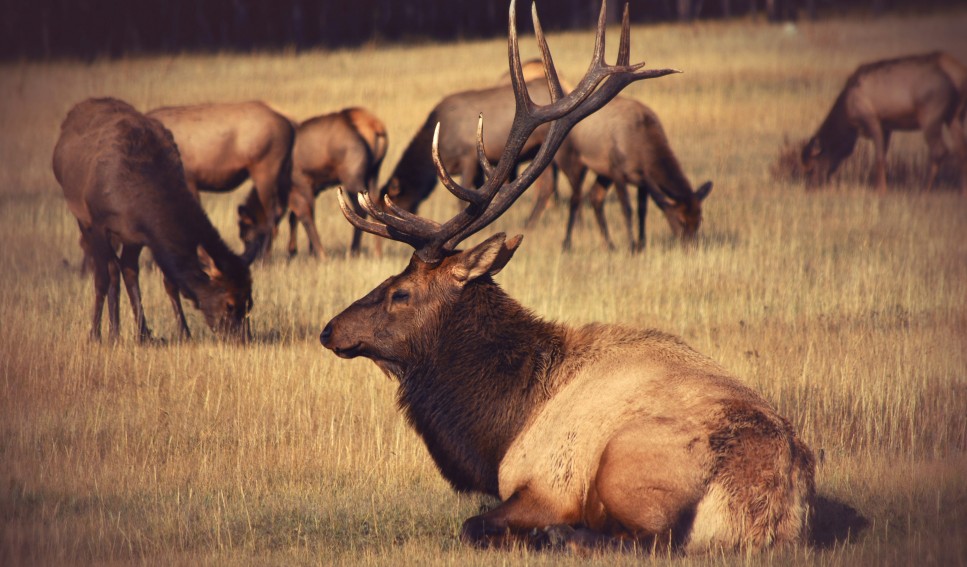
Additional Considerations For Elk Hunting
When planning an elk hunt, there are several other important factors to consider to ensure a successful and enjoyable experience:
1. Hunting Regulations and Seasons
- Regulations: Gun and ammo type, hunting method (e.g. bow hunting vs. rifle), and hunting regulations of hunting areas (legal), differ from state to state. Before you go hunting, be sure to review the rules for your particular hunting zone piece by piece.
- Seasons: The elk hunting seasons differ from state to state and region to region but, typically they follow an archery, muzzleloader, and rifle division of the seasons. Several of the states also have specialized hunts, such as youth hunts or cow elk hunts. Make sure that you know exactly at which times of the year it’s supposed to take place, and that you have the necessary licenses and permits.
2. Weather and Terrain
- Weather: Elk hunting typically occurs in mountainous or rugged country, and weather is not always predictable. Especially in higher elevations, hunters should prepare for cold, rain, or snow. Layer dressing is always a good rule, and waterproof gear is a must.
- Terrain: You may be on more or less terrain, which will affect your ability to spot elk, as well as your ability to move efficiently. Steep, rocky country or uneven ground, hunters should be prepared for it, and practice physical conditioning to deal with it.
3. Equipment and Preparation
- Weapons and Gear: If you are using a rifle, bow, or muzzleloader you need to practice, and make sure your weapon is in top working condition. Along with binoculars, calls, scent control products, first aid kits, and navigation tools (such as GPS or maps) it should all be considered essential gear.
- Physical Fitness: Long hikes, in less than kind terrain, and elk hunting both can be involved. To be successful you need stamina and that comes from being physically conditioned. Get ready with regular hiking, running, or weight training to build endurance.
4. The Best Time of Year to Hunt Elk
- Rut Season: I would say the best time to hunt elk is during the rut which is mating season. They are less active so they are harder to locate and in rutting season with the bulls, they are a little more vocal. The rut is usually in September and October or so, according to the region.
- Post-Rut and Late Season: During the rut, bull elk are in areas of low feeding but are other days found in lower regions as they look for the winter range. While getting less exposure and less congestion is possible in the later months of the hunting season, the weather can be unfriendly.
Conclusion
The right state for elk hunting is crucial to a successful hunt. Elk population, tag availability, and terrain all play a role. Good living opportunities exist for nonresidents as well, in states such as Colorado, Montana, Wyoming, and Idaho for instance.
While out researching regulations, researching weather conditions, and preparing for the challenges of elk hunting will help you remember to maximize your experience.


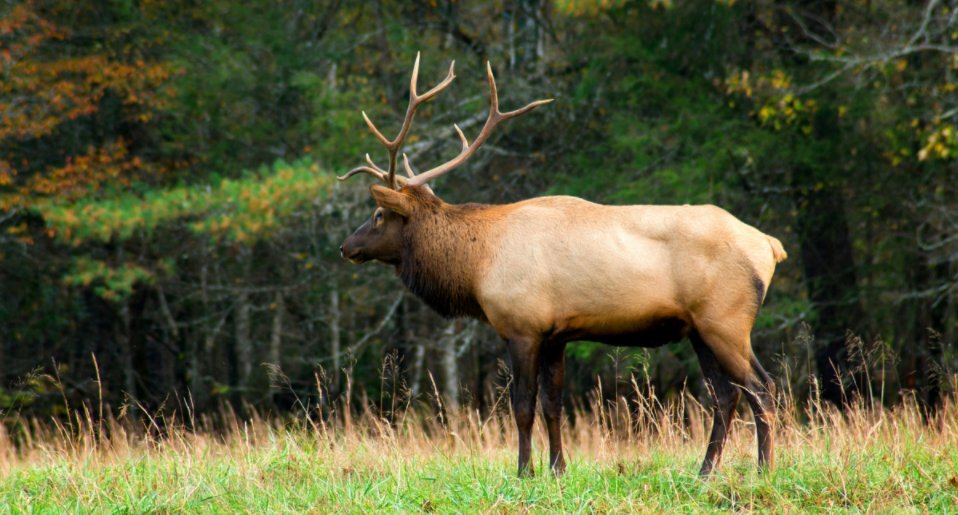
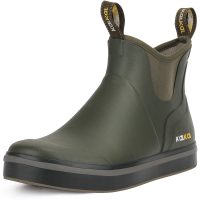
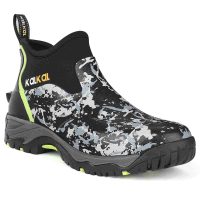

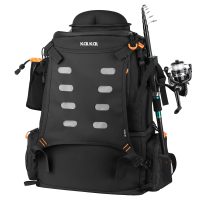
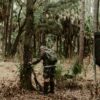

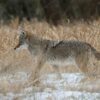


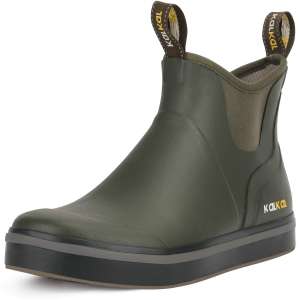
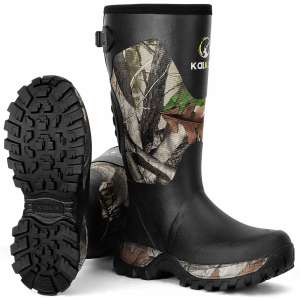
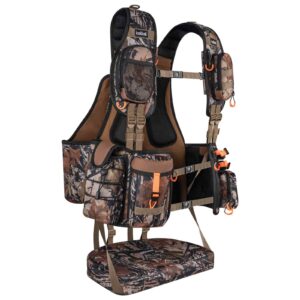
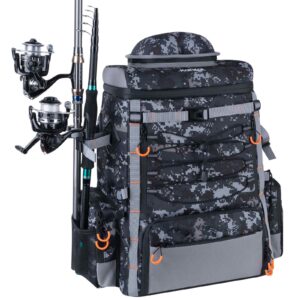
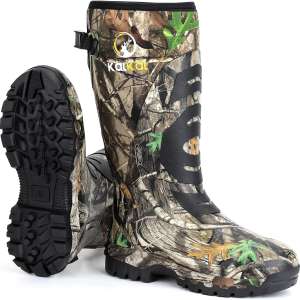


Leave a reply